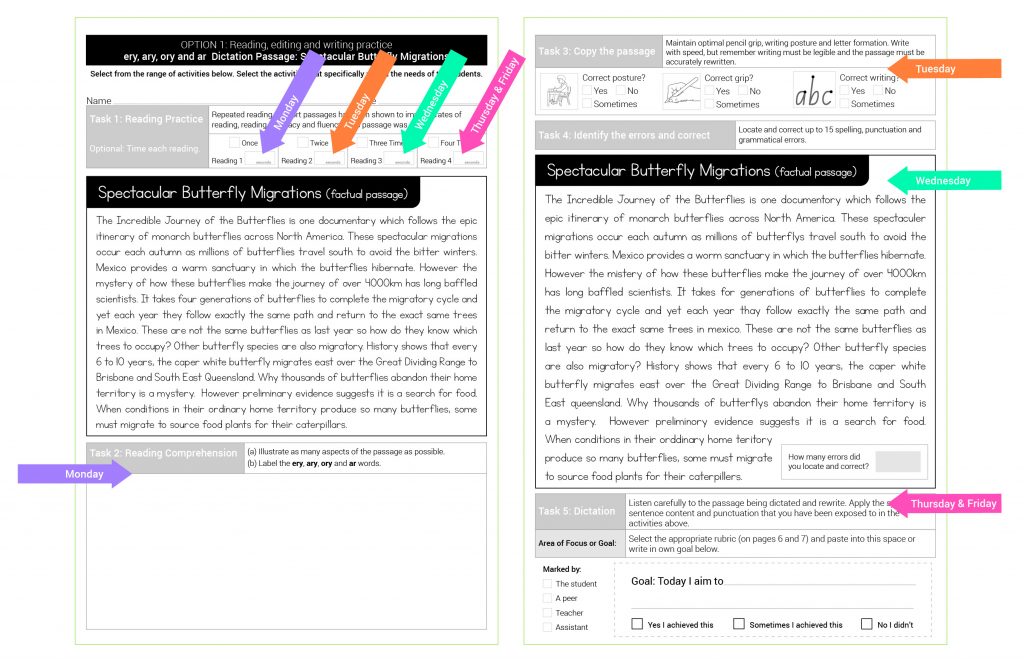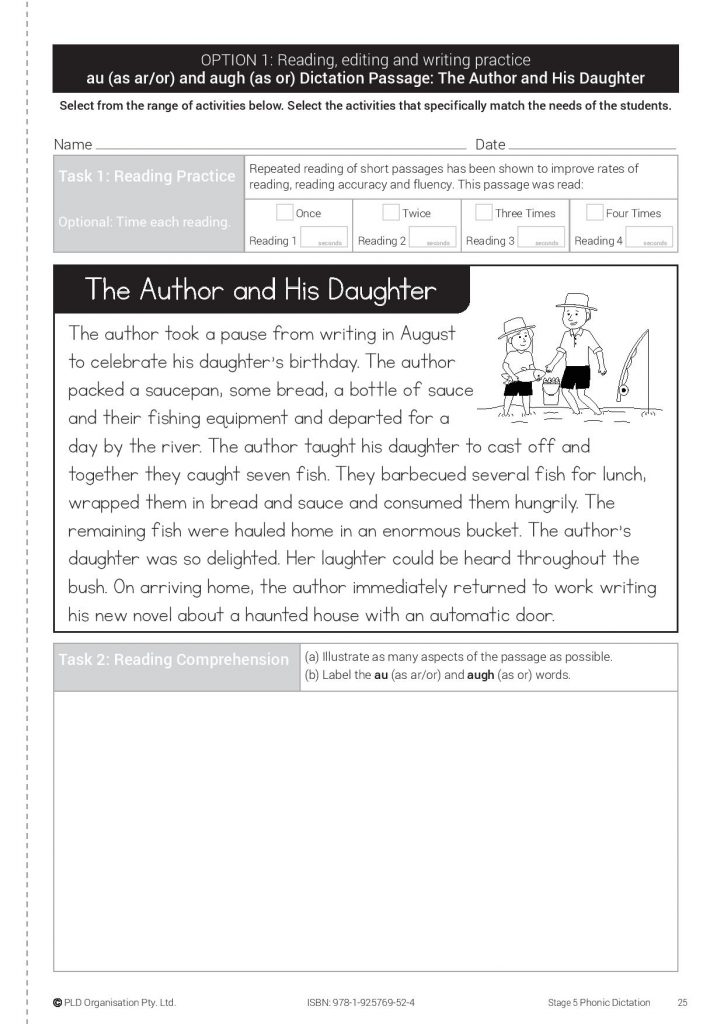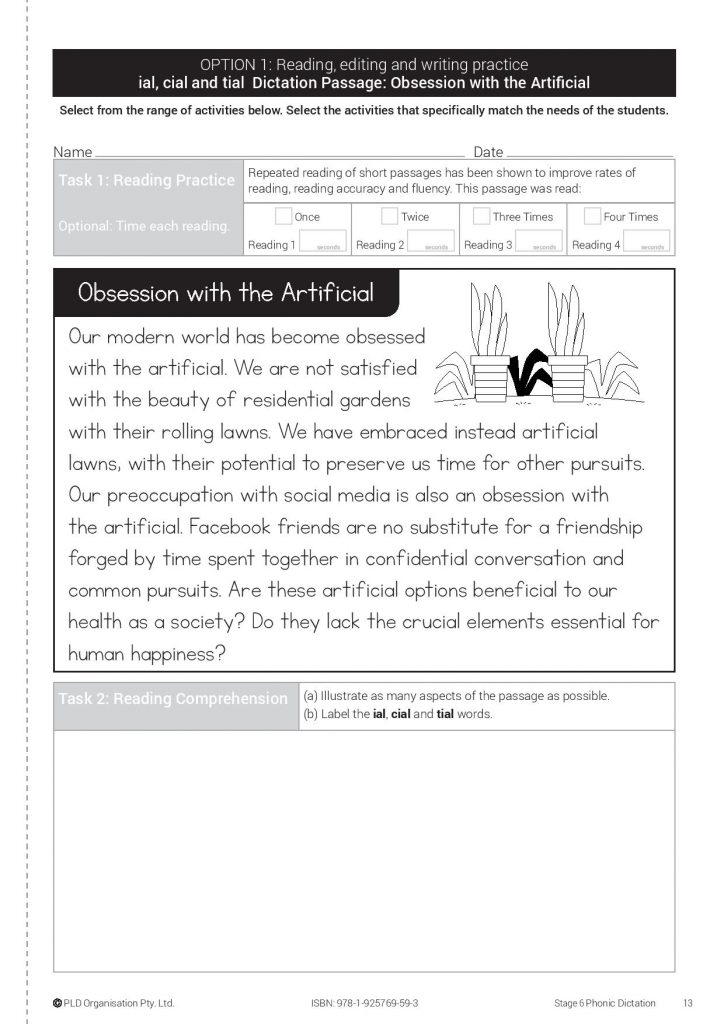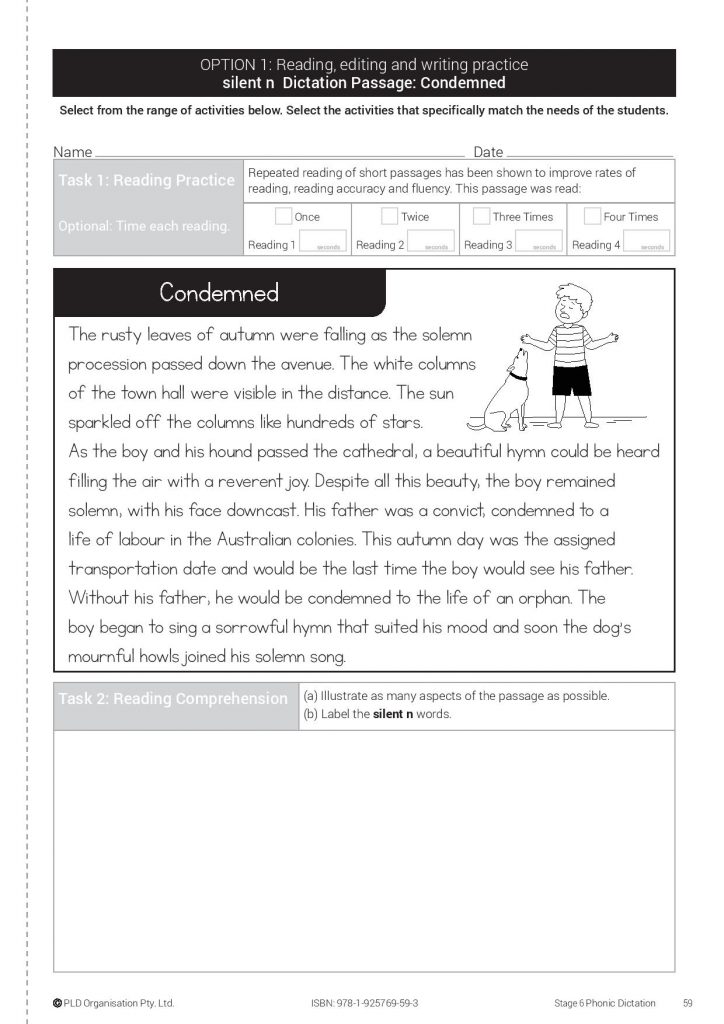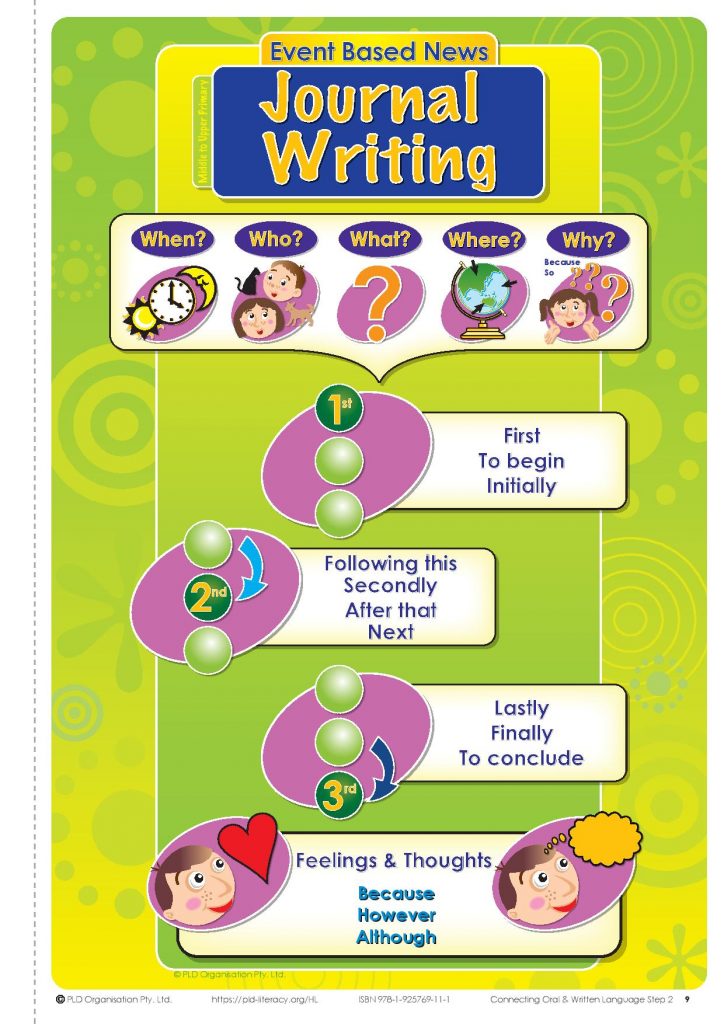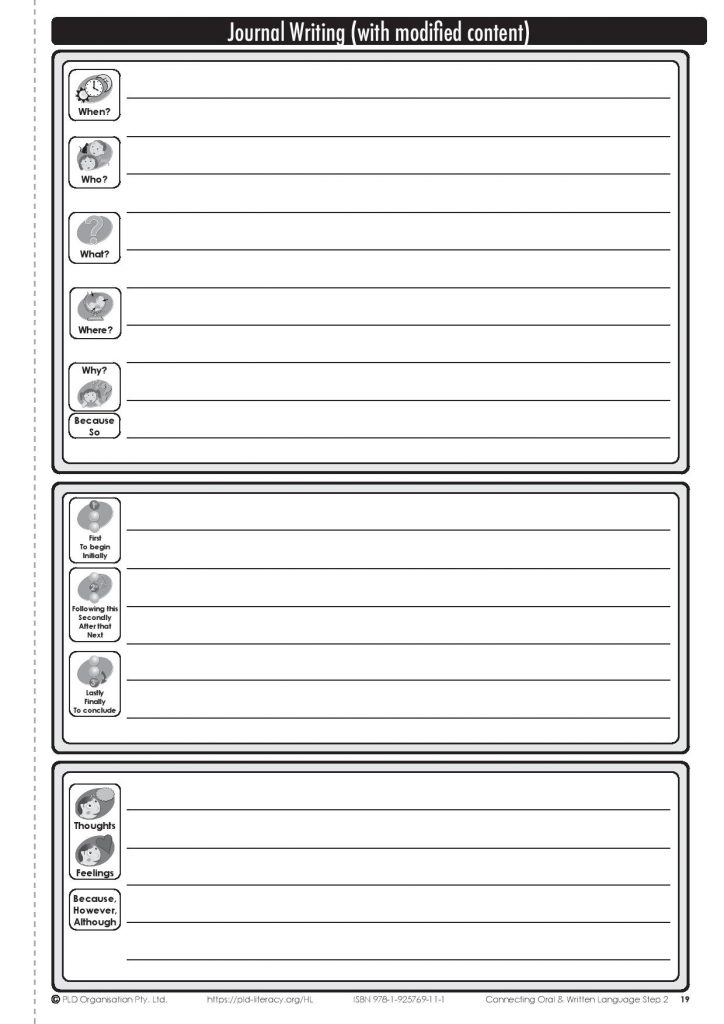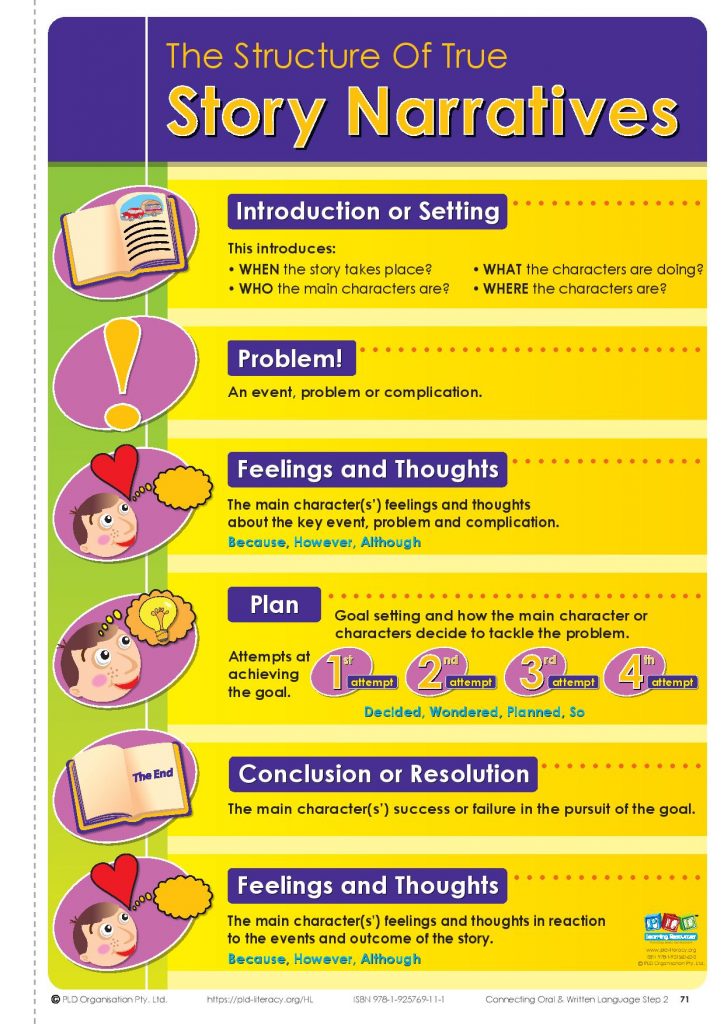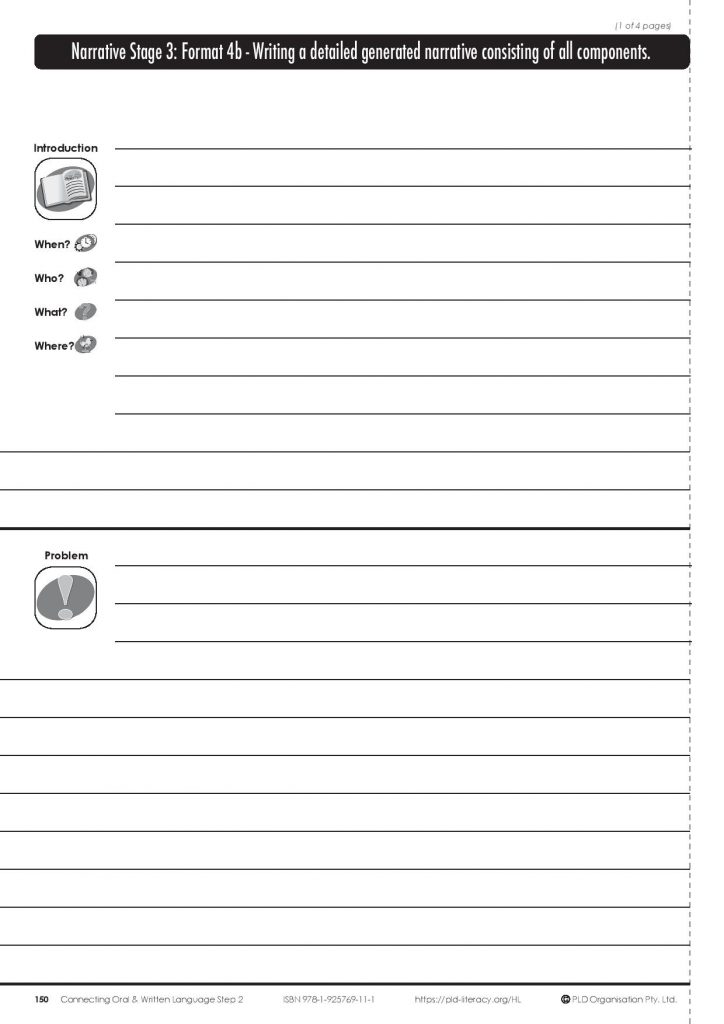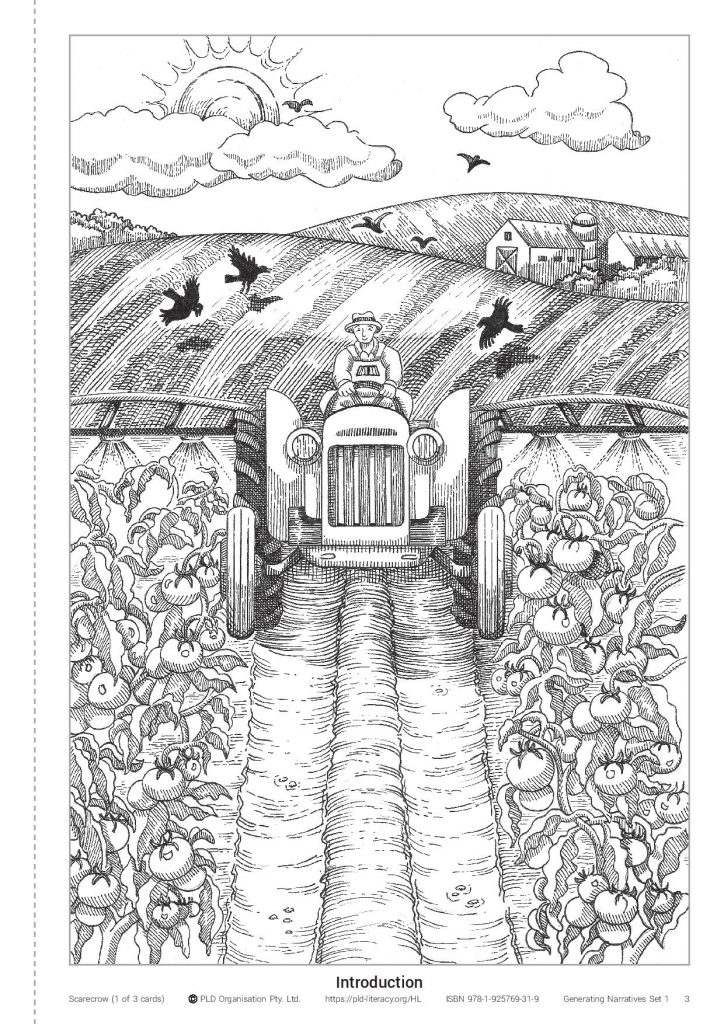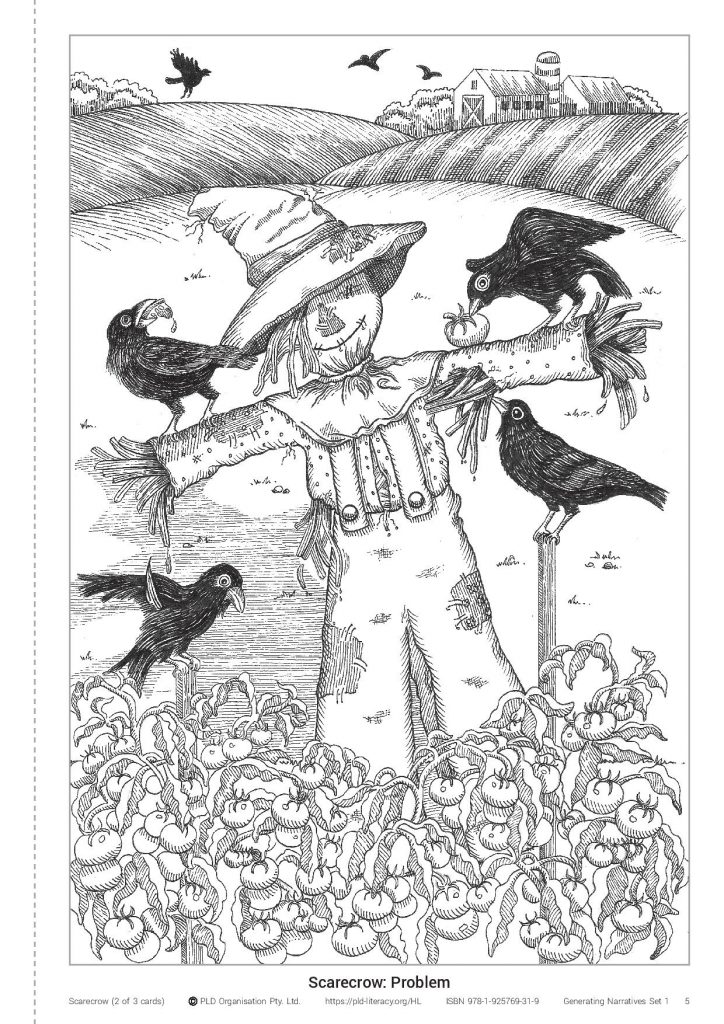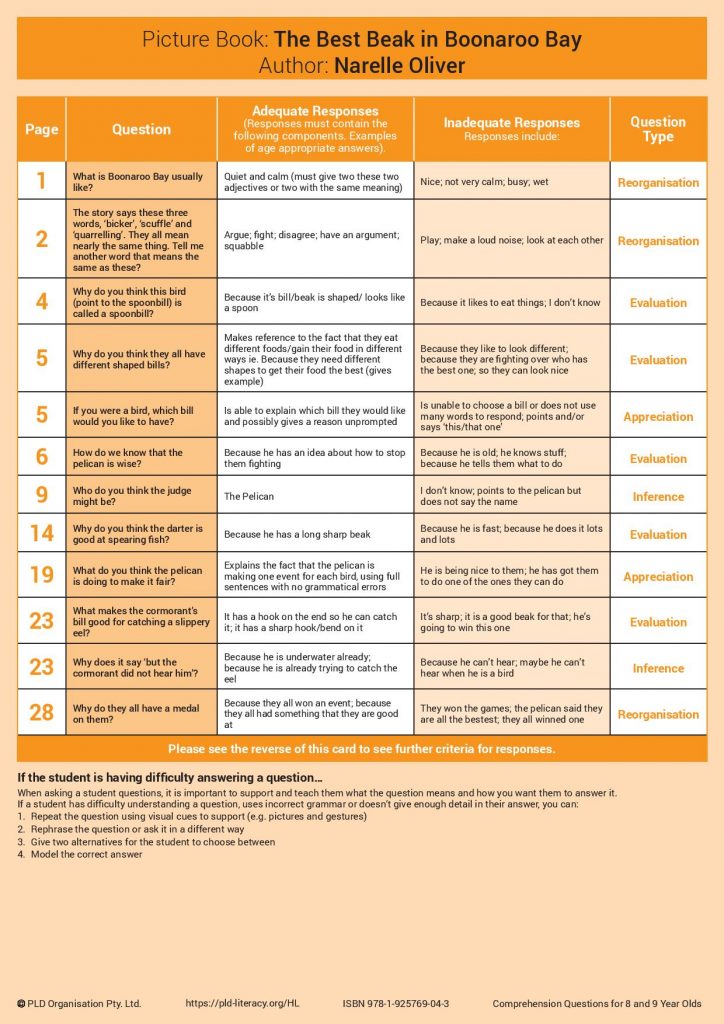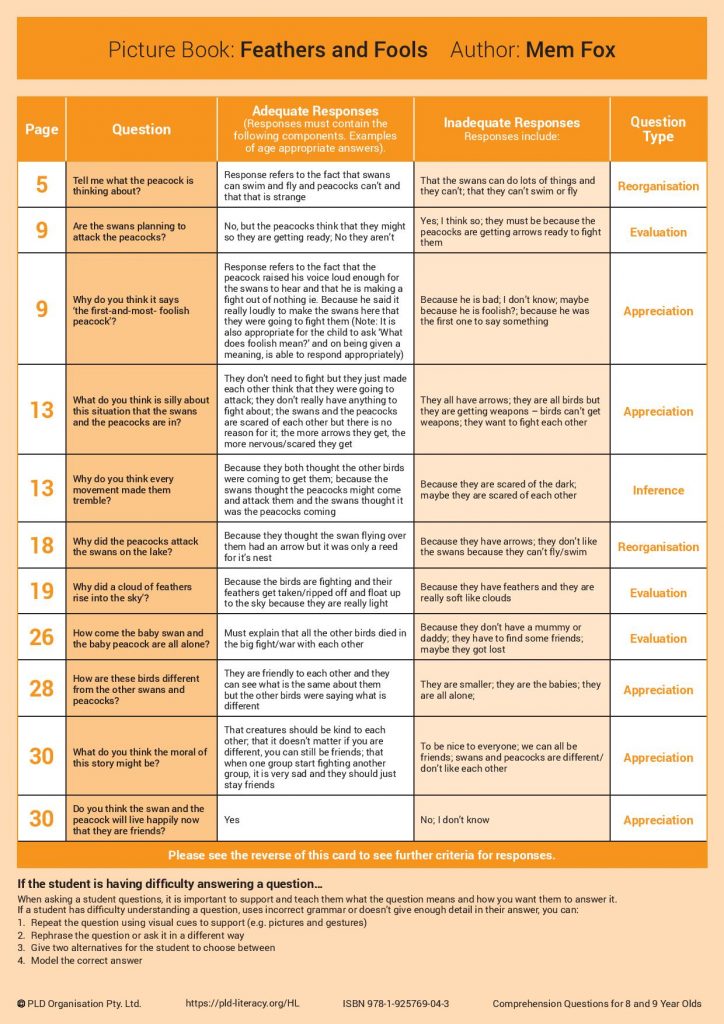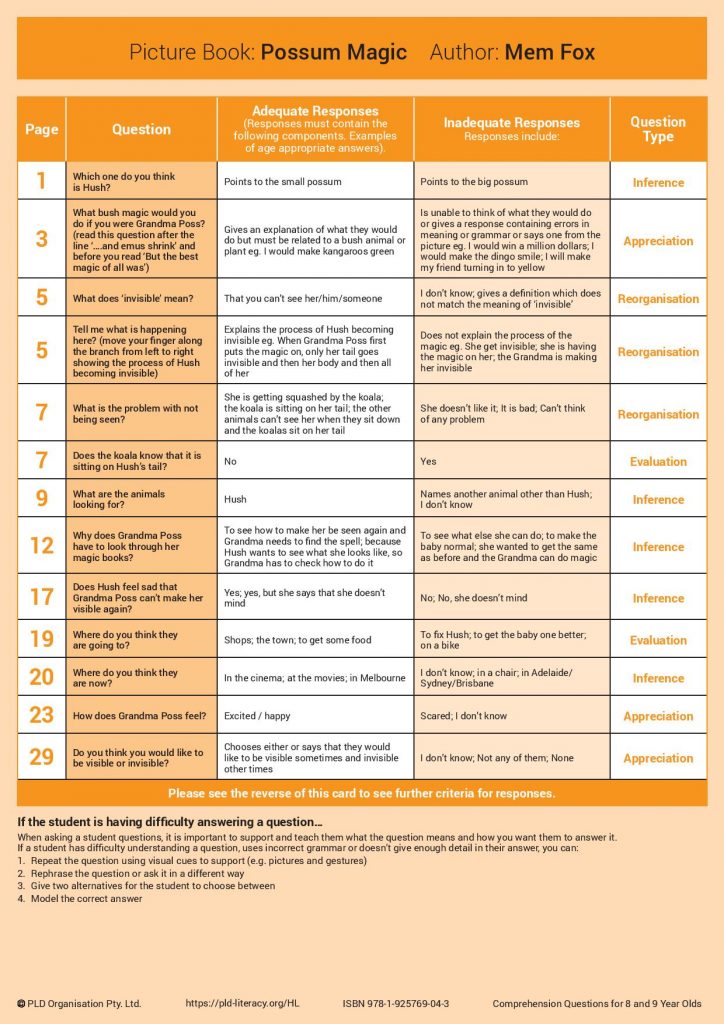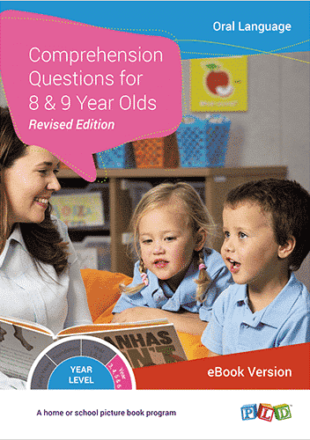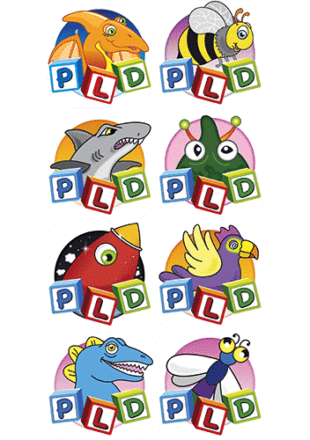Year 5 & 6 Home Learning with PLD
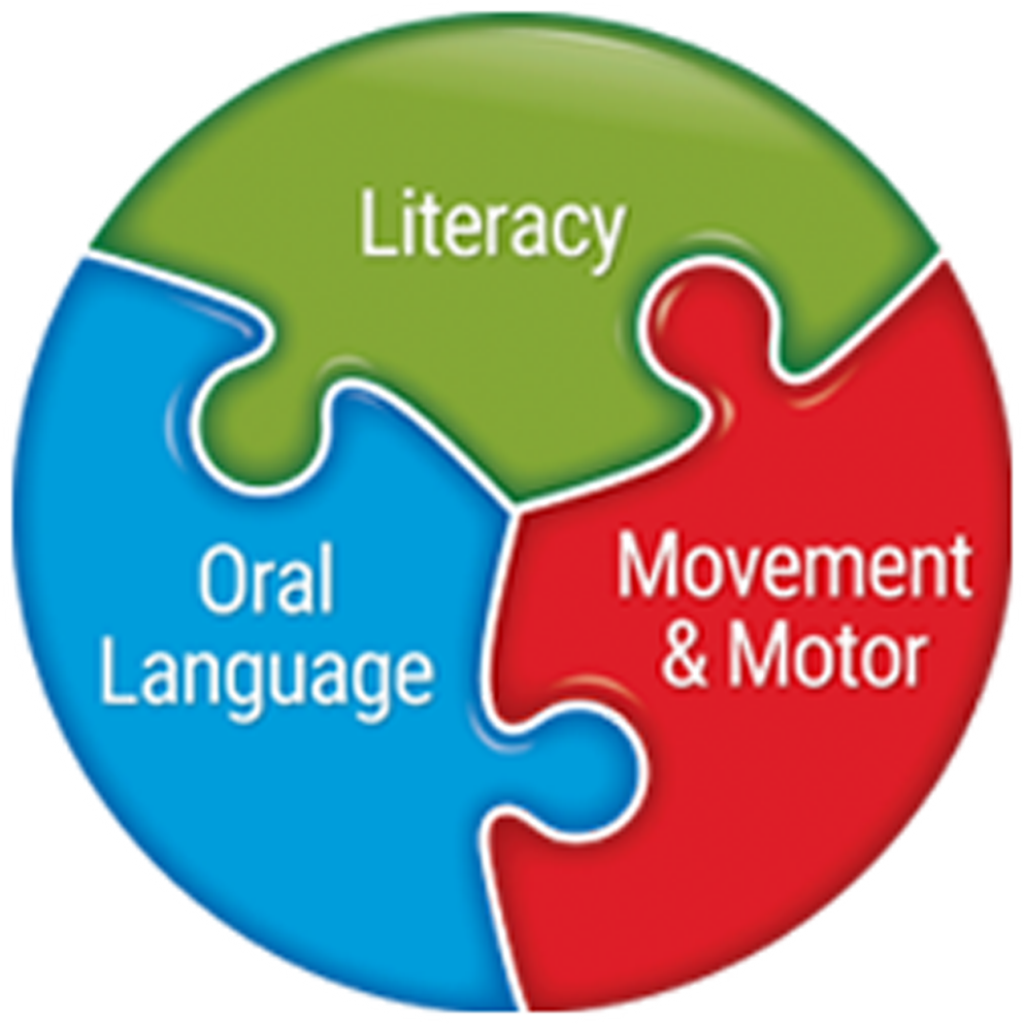
In preparation for the likely closure of schools, we have created suggestions that are easy to implement at home or in school. These suggestions draw upon PLD titles that are likely already in schools. If schools do not have the recommended texts, then the below three weeks plan, which includes parent information videos, downloads and handouts, has been provided as a starting point.
These guides can be used in full or the relevant tasks can be selected from and collated. If you have any questions read our post ‘Unsure where to start?’ HERE.
Key skills for parents to work on at home:
Literacy Activities
- Activity 1 – Phonic passage reading and phonic passage rewriting. Download the phonic dictation passages for Stage 5 HERE and Stage 6 HERE. These activities vary from 10-30 minutes per day.
- Activity 2 – Daily generation of news stories. Download the news resources HERE. These activities should take 10-20 minutes per day.
- Activity 3 – Weekly narrative story writing with picture prompts. Download the narrative resources HERE. These activities should take 10-20 minutes per day.
- Activity 4 – Phonic-based daily spelling activities. These activities should take 15 – 20 minutes. COMING SOON
Oral Language Activities
- Activity 1 – Picture book reading and comprehension questions. Read picture book out loud together while asking age-appropriate comprehension questions. We have included reading questions activities. We suggest reading the book first (either a physically with the book at home or on the online link provided below). Then answer the downloadable questions cards. This should take 30 minutes per day.
These activities have been compiled into a downloadable summary of allocated time. Click here to download the summary of allocated time for Year 5 & 6.
Activity 1: Phonic passage reading and phonic passage rewriting
These phonic dictation tasks require minimal printing and present a phonic-based reading, writing and editing process that can be relatively easily communicated. Three levels of phonic passages have been included for Year 5 and 6. If these passages are not appropriate your child, browse the phonic passages listed in the other year levels. A weekly routine is proposed below:
Monday: Read the allocated passage and time the reading. Task 2: A simple comprehension task, in which students illustrate (and label) as many elements in the passage as is possible.
Tuesday: Read the allocated passage and time the reading. Task 3: Copying and handwriting practice, but copying the passage.
Wednesday: Read the allocated passage and time the reading. Task 4: Editing practise by identifying and correcting the errors within the passage.
Thursday: Read the allocated passage and time the reading. Task 5: First attempt at the rewriting of the passage in the context of dictation.
Friday: Read the allocated passage and time the reading. Task 5: Second attempt at the rewriting of the passage in the context of dictation.
PLD suggests that parents and/or caregivers mark the work as the child completes each task. Upon the reopening of schools, students will be presented again with the placement test to determine phonic based skills and the assignment of levels. PLD has created an in-school or at-home checklist with tips for administering dictation tasks HERE. For further Stage 5 phonic reading and writing tasks and to extend the program beyond 3 weeks look at Phonic Dictation – Stage 5 eBook. Click HERE or on the images below to download 18 pages of Phonic Dictation tasks for Year 5.
Click HERE or on the images below to download 18 pages of Phonic Dictation tasks for Year 6. For further Stage 6 phonic reading and writing tasks and to extend the program beyond 3 weeks look at Phonic Dictation – Stage 6 eBook.
Activity 2 – Daily generation of news stories
The download contains an upper primary event-based news poster, a written event-based news template. Click HERE or on the images below to download the narrative and news story resources. For further writing tasks and to extend the program beyond 3 weeks have a look at Connecting Oral and Written Language – Step 2 eBook.
Activity 3 – Weekly narrative story writing with picture prompts
The activities include Scarecrow (Introduction, Problem, Character Feelings and Thoughts) and Campsite Danger (Introduction, Problem, Character Feelings and Thoughts). Click HERE or on the images below to download the resources. For further picture prompts: and to extend the program of work take a look at Generating Narratives – Set 2 eBook.
Activity 4 – Phonic-based daily spelling activities. COMING SOON
These activities should take 15 – 20 minutes per day. COMING SOON. Parents and caregivers, watch this video and this video to find out more about how children should be completing their spelling tasks in a way that links their ‘sounding-out’ skills with their phonic knowledge.
Activity 1 – Picture book reading and comprehension questions
PLD recommends the following titles, which you may already have, if not we suggest watching the below read aloud links/videos. Please watch the comprehension for oral language video HERE to help your children understand the process. The three titles in this activity are: Possum Magic by Mem Fox, Feathers and Fools by Mem Fox and The Best Beak in Boonaroo Bay by Narelle Oliver.
Children learn best when picture books are read and re-read. Read one of the above picture books to your child every day over a week and include a different set of questions with each reading. PLD recommends that you download the below oral language activities that provide 4 days of questions along with adequate and inadequate responses to accompany each book. For further picture book comprehension question cards and to extend the program beyond 3 weeks take a look at Comprehension Questions for 8 & 9 Year Olds eBook. Click HERE or on the images below to download the age-appropriate adequate and inadequate response cards.
The PLD eBooks and apps are great additional support for parents. The eBooks contain high-quality activities to use with your children. The Apps are self-guided practice for use independently in the home.



